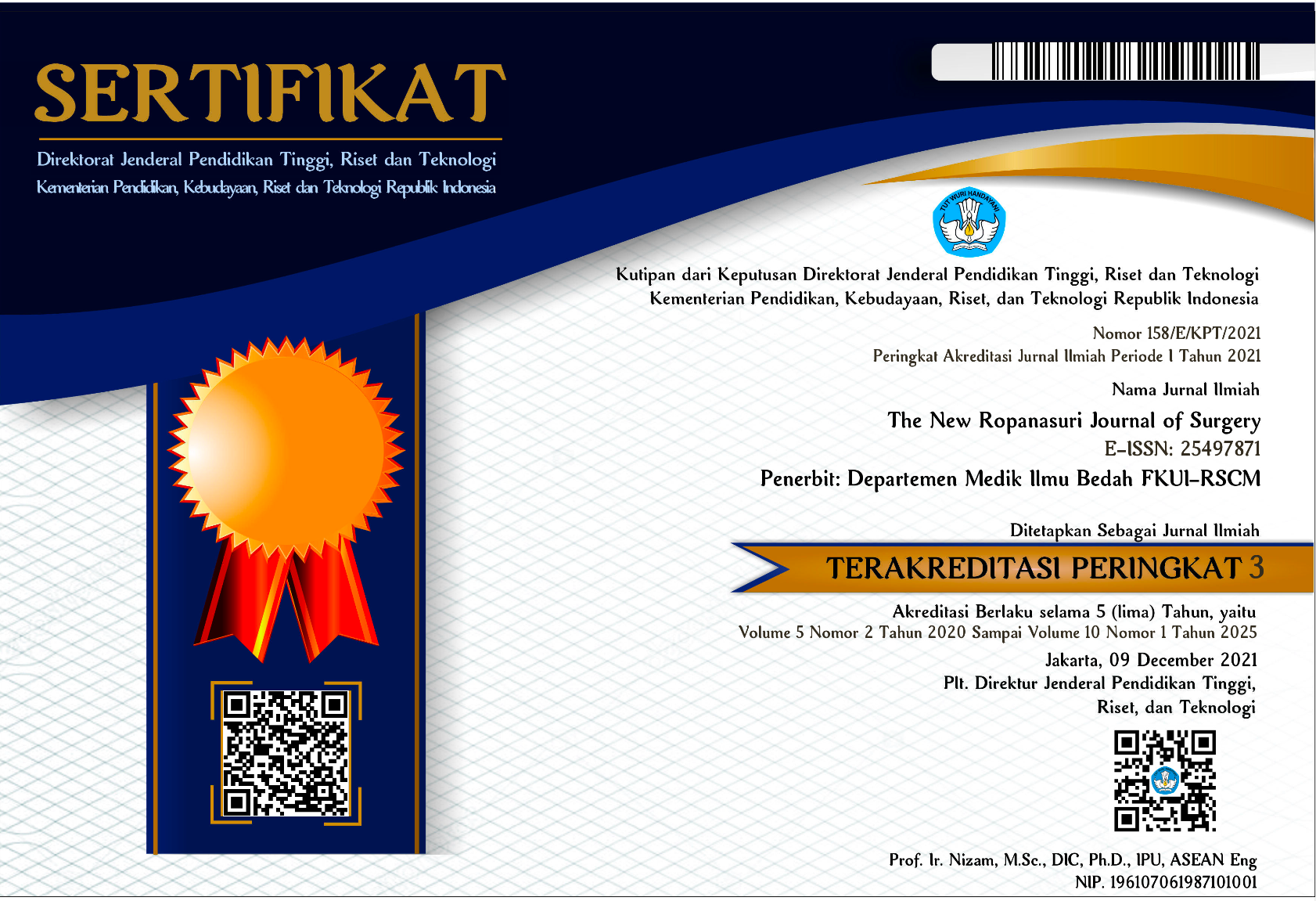Abstract
Introduction. The mortality of venous thromboembolism increased among trauma patients. Both the D-dimer test and ultrasonography are selected to diagnose venous thromboembolism due to non-traumatic causes but are rarely utilized in emergency trauma settings.
Objectives. This literature review comprehensively explains the accuracy of the D-dimer test and ultrasonography for deep vein thrombosis (DVT) diagnosis. This study finding might broaden the diagnostic recommendation for traumatic patients with deep vein thrombosis.
Method. This study used articles from four distinct journal databases. Only eight of the 480 articles found during searching proceeded with the screening process. Thus, five articles were included in the review after matching the eligibility criteria.
Results. Three articles compared the accuracy of using the D-dimer test and ultrasonography, while others compared the accuracy of conventional ultrasonography to venography or colour duplex ultrasonography. Using three mg/L as the cut-off point, the D-dimer test's pooled sensitivity and specificity were 88,37% and 96,96%. Meanwhile, ultrasonography for DVT resulted in a pooled sensitivity of 59% and specificity of 95%.
Conclusion. Using both tools in trauma cases with DVT would give a more accurate diagnosis. A systematic review of this issue would be preferred to support this argument.
Recommended Citation
Muchtar, Faranita and Muradi, Akhmadu
(2023)
"D-Dimer and Ultrasonography as the Early-Diagnostic Tools for Lower-Limb Trauma Patients with Deep Vein Thrombosis: A Literature Review,"
The New Ropanasuri Journal of Surgery: Vol. 8:
No.
3, Article 7.
DOI: 10.7454/nrjs.v8i3.1183
Available at:
https://scholarhub.ui.ac.id/nrjs/vol8/iss3/7













